Practice Wise 11/5/13
What happened to my EMR vendor?
Where’s your product? With so many products on the market, is yours on track to MU 2014 certification?
As of this writing, there are 3,439 products listed in the Ambulatory Practice Type on the ONC-CHPL with 2011 certification and only 125 with MU 2014. Some of these listings are single products with multiple iterations, so the number is somewhat inflated. However, the disparity is not. If you have a product that met MU 2011, are you sure your vendor is going to be ready for MU2014? What are they telling you? Have they given you a timeline and a preview or a roadmap?
What’s going to happen to all the EPs who have attested for 2011 and won’t be able to attest with that same software for 2014? As a consultant I’ve been preaching this since day one (disclaimer, we also sell and support a 2011 and 2014 certified product). But many of my consulting engagements center on helping practices with workflow optimization on different products. I cannot tell you how many times I’ve had doctors tell me that their criteria deciding on which product to buy is “I’m buying product X because they are a big company.”
My response has always been:
- What’s their core business?
- How many EMR products do they sell? Is your product their prime application or one they acquired because they wanted the client base?
- What is their funding?
- What’s their track record in business? In this industry specifically?
- How many installs do they have?
- How many upgrades do you get annually? If not annually, what is the upgrade frequency?
- How have they handled earlier regulatory changes?
Current studies show that one out of three EPs that attested with a 2011 Stage 1 EHR are potentially not on track with their current vendors to attest for 2014 Stage 2.
Have you attested for Stage 1? Did your vendor assist you? This could be a good predictor of how likely you are to meet the next stages. We’ve assisted several EPs who’ve been audited by CMS for their Stage 1 90 day attestation. Those who had attentive vendors with solid products and good support were able to pass the audit easily by providing the proper documentation. However, we have a few that had vendors with little understanding of the audit requests and how to provide supporting documentation for their own products. Those providers failed their audits. They are in the market for a new product.
Nearly one third of ambulatory EMR vendors certified for Stage 1 have not had a single attestation to date. The year 2014 is predicted to be a banner year for EHR replacement purchases. Practices are looking for products that are easier to use, and can meet MU, PQRS, and other regulatory initiatives. If this describes your current position, choose wisely. Look at the vendor’s attestation rate, interview their customers (Google any vendor – you should be able to find both happy and unhappy customers). Don’t just rely on references they give you and industry surveys.
Ask questions specific to the mandated programs:
- How difficult/easy is it to attest using their product in Stage 1?
- Are they MU certified for 2014? If not, what’s their roadmap? Ask their current customers how true their release projections are.
- Will you be able to attest easily with their product along with your original product if you make the change mid-year?
- How much training and support do they provide for the various programs? Is that training live, web, video? What does it cost? Will they stand by you in an audit?
- Are they able to report via EHR for PQRS? If not, will you report via claims or registry? What are the costs and extra time requirements for these?
Changing EMR products is just as costly as or more so than your first purchase. You’ll likely have additional costs for data conversion that you might not have had the first time around. Do your homework; you don’t want to keep changing products. Besides being costly, it’s disruptive to your practice and your patients only have so much patience with your ongoing practice disruptions.
Good luck!
Julie McGovern is CEO of Practice Wise, LLC.

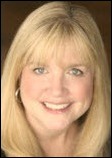


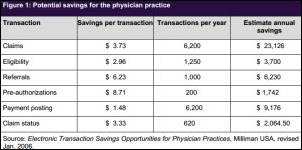


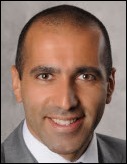
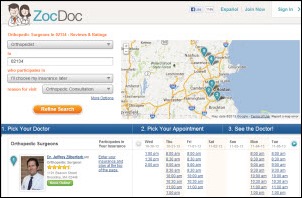

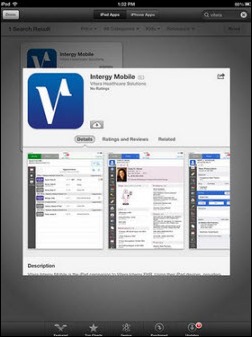


The article about Pediatric Associates in CA has a nugget with a potentially outsized impact: the implication that VFC vaccines…